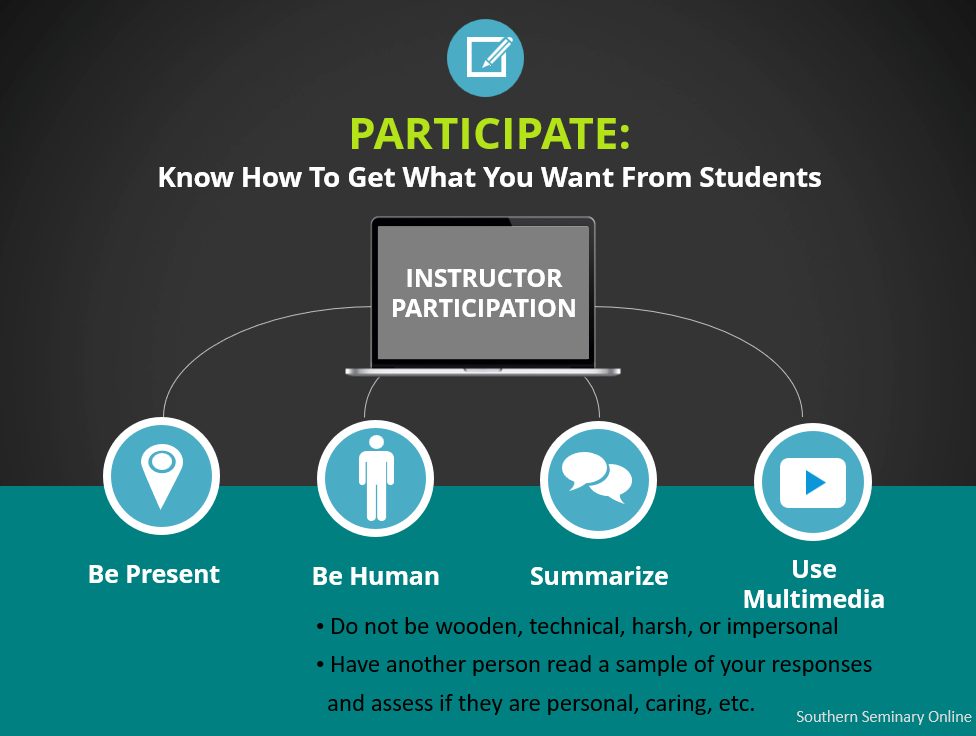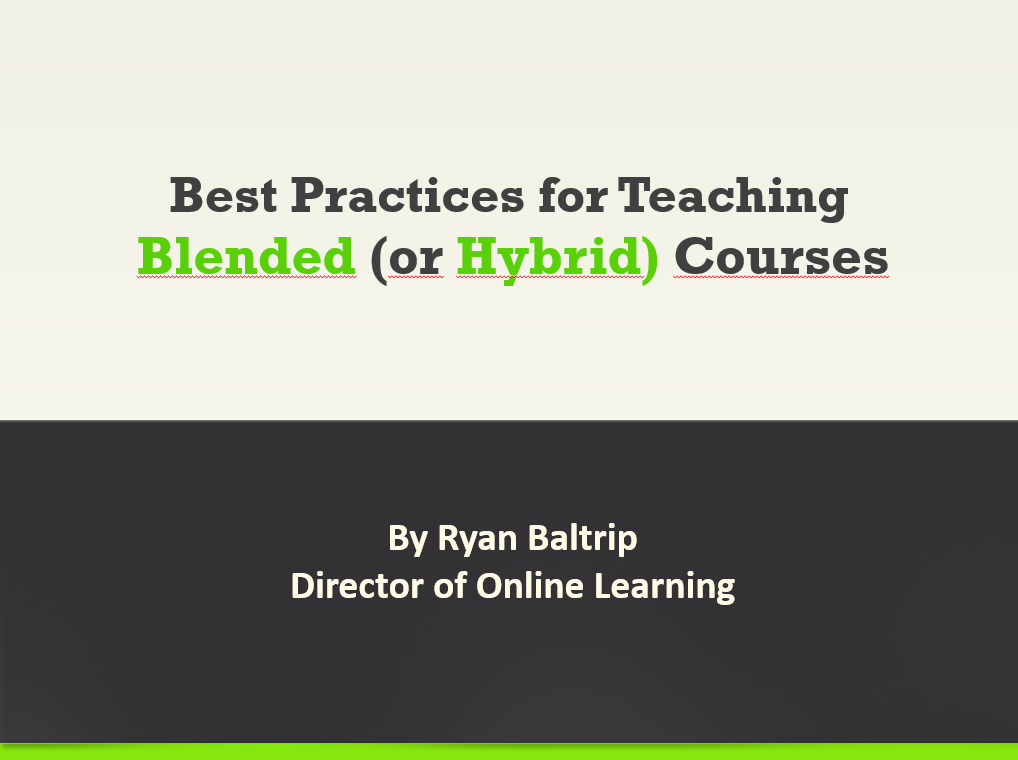Managing Second-Level Effects of Innovative Projects
Innovative projects offer exciting possibilities, but their implementation often has complex ripple effects beyond what is initially expected. In 2017, while at William & Mary, I presented at the WCET conference in Denver on the topic of "Second-Level Effects." This presentation explored the challenges of managing these unexpected consequences of innovation and offered potential strategies for success. Presentation Summary: Managing "Second-Level Effects" The Nature of the Challenge: Often, we carefully plan for the initial, anticipated outcomes of a project ("First-Level Effects"). We may address challenges like increased workload or resistance from stakeholders. However, "Second-Level Effects" are much harder to predict. These are the indirect and often surprising changes that emerge as a project is implemented. Because they are unique, unpredictable, and constantly evolving, Second-Level Effects are considered "wicked problems." Causes of Second-Level Effects: These effects stem from significant shifts caused by the project, including: Altered Attention: The way people allocate their time and focus changes. New Social Dynamics: Interactions and relationships within organizational structures shift. Changed Interdependencies: Processes and workflows are modified, impacting how people collaborate and rely on each other. Suggested Strategies The presentation outlined key strategies to mitigate and manage the challenges presented by Second-Level Effects: Continuous Scanning = Skate to where the puck will be Foster Agility = “High performance organizations” Involve stakeholders Communicate core identity Focus on Action Feed forward Build Resilience Key Takeaway This presentation highlighted the importance of going beyond initial implementation plans. By understanding the deeper, long-term consequences of innovation and adopting proactive strategies, organizations can increase their chances of successfully navigating the complex journey of change.






